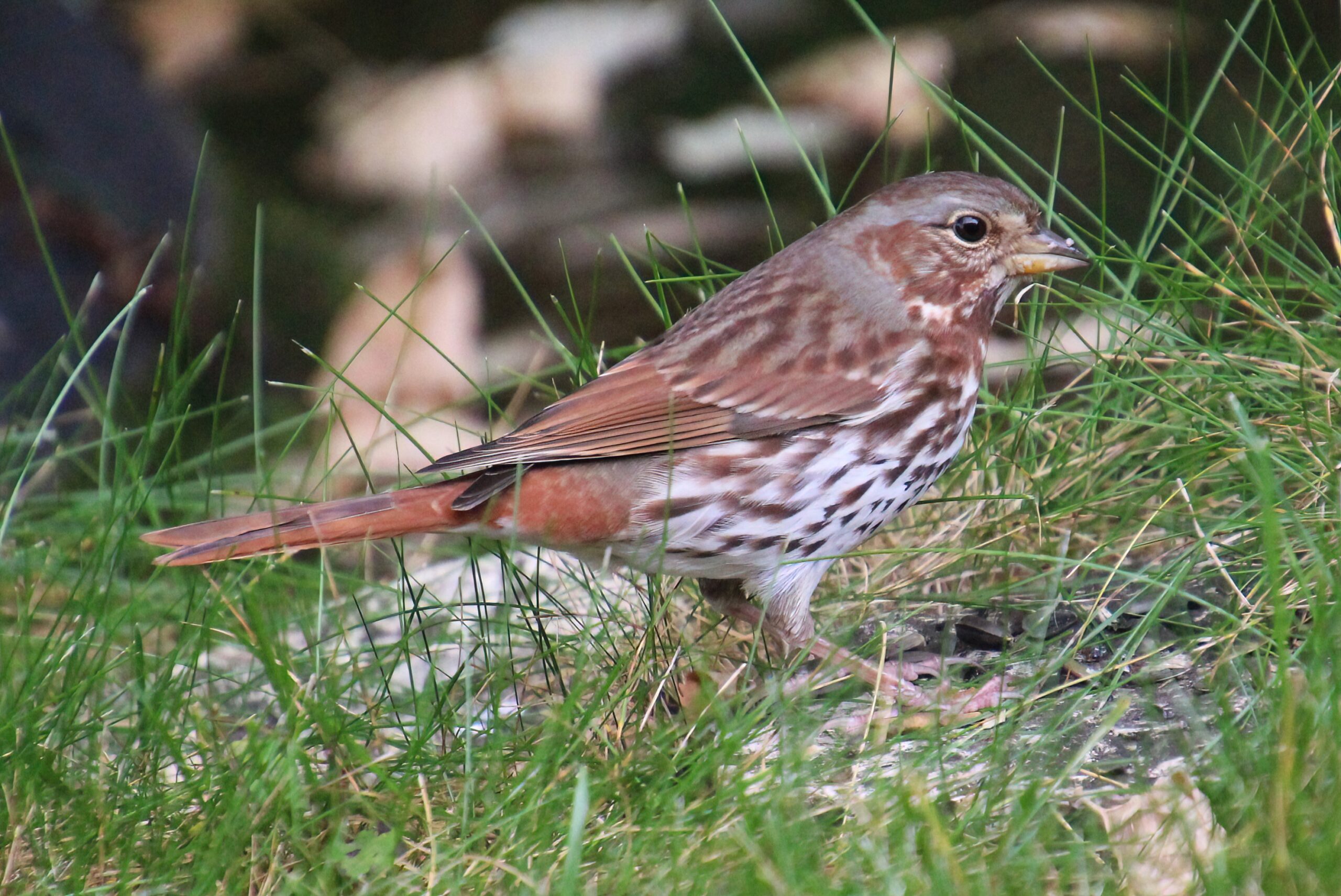With spring officially having sprung, I have finally taken the winter tires off the car, so any mid-May blizzards will be entirely my fault. After a rather bleak first quarter of 2022, my hopes are high to spend this summer catching up with the friends that have been isolating for the last 2+ years, sipping wine late into the evening, thanks to the extended daylight hours.
This is the time of year that I start thinking about stocking up the wine cellar with summery wines, and no wine defines summer more than Moscato.
Moscato wine comes from the Muscat grape, whose origins have been lost in the murky depths of time, with most wine scholars believing that the grape originated in the Middle East, possibly in the areas now known as Egypt or Oman. The grape itself has been crossbred with many varietals, and there are now more than 200 unique strains within the Muscat family, planted all over the world.
Depending on the country of production, the grape is referred to as Muscat, Moscato, Muscatello, Muskateller, Muskotály, and assorted other regional variations. The most popular name is Moscato, made popular by the famed Moscato d’Asti wine from Italy.
Regardless of the location, and with little regard for the local terroir, the most distinctive characteristic of the Muscat grape varietal is its highly aromatic bouquet.
Italian winemakers will usually produce their Moscato in the frizzante style, also known as semi-sparkling. These wines undergo a minor secondary fermentation in the bottle, producing a small amount of tiny bubbles in the glass. Frizzante wines are not nearly as bubbly as Champagne, and the refreshing tingle is welcome tickle on the tongue while nibbling a sugar cookie or other holiday sweet.
This wine is much lower in alcohol than most, usually weighing in around 7% ABV, while most wines are in the 12-16% range. It is also best served when well chilled, so don’t worry about serving straight from the ice bucket out on your back patio or dock.
As for the taste, Moscato wines are extremely fruit-forward, and are meant to be consumed fresh and young, rarely spending any time in an oak barrel before bottling.
The flavours run towards pear and apple, with ripe peach and apricot on the finish. With its complementary floral aromas, this is a fresh and vibrant wine that cries out for pairing with or apple pies, sugar cookies, or other sweets.
While Italy is the reigning champion of Moscato, other countries have their own spin on the style. The Spanish style is called Moscatel, and is frequently made from a unique orange-hued varietal in the extended Muscat family, producing a non-fizzy, noticeably sweeter dessert wine than the Italian Moscato.
The hotter temperatures in southern Spain contribute to the fuller ripeness, and the unique varietal grown in Spain has an interesting oily texture that coats the tongue, making well-suited as a dessert wine.
Despite our short growing season, we even have a small domestic Muscat industry here in Canada, both in the Okanagan Valley of BC, and the Niagara Peninsula in Ontario.
My favourite domestic example is the Muscat Ottonel from the Hillside Winery just outside of Penticton, which I hope to visit more often as the pandemic winds down. In the carefree pre-pandemic years, I made a pilgrimage to the Okanagan Valley of BC for winery visits at least once a year, so am itching to return. The Hillside Winery was the first to plant the Muscat grape in the Okanagan Valley way back in 1984, with the original plantings rumoured to have been brought over from the country then known as Czechoslovakia by the winery founders, who had recently emigrated from Prague to Penticton.
You will find a wide variety of domestic and international offerings at your local wine shop, typically at the $15 or less price point. These wines do not spend any time in oak, and are best enjoyed while they are young and fresh. A slight effervescence is often audible when popping the cork, and the delicate dance on the tongue helps waft the aromatics into the nose.
Notes of orange blossom and pear dominate the palate, with hints of melon and rose petals on the long finish. At only 7-ish% ABV, there is no need to feel guilty about going back for seconds, and even thirds!






